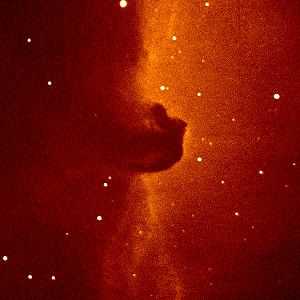Observational astronomy

| |
Quality resource: this resource is a featured learning resource. |
Astronomers can gain an understanding of objects in the universe by studying them with a telescope. Observational astronomy is the process of collecting and analyzing data to learn about these objects. In this learning project computer programs will be used to view and study images or measurements taken with a telescope to learn basic concepts in astronomy.
Introduction
The activities in this learning project are based on the idea of learning by doing. You will learn about astronomy by going through the same process that an astronomer does to analyze data. As you follow the instructions in the activity you should also follow the links to related reading materials.
A learning project is a collection of pages devoted to the Learning of a specific topic or family of topics; and, simultaneously, a group of people that use said pages to collaborate on a learning goal.
Activities
Some activities require no more than the naked eye and a site where there are few nearby lights so the sky is reasonably dark at night. For some, a pair of binoculars or a small telescope will suffice. Other activities can be done with free computer software. However, some require more elaborate equipment.
- Meteor observing
- Image processing
- Supernova
- Extrasolar planet
- Variable stars (under development)
Visit the planning page to see some ideas on how this project might develop, and check back often to see the progress.
Readings
Background information:
Hits this month for the page Observational astronomy - (Hold down CTRL key to display in separate tab in browser)